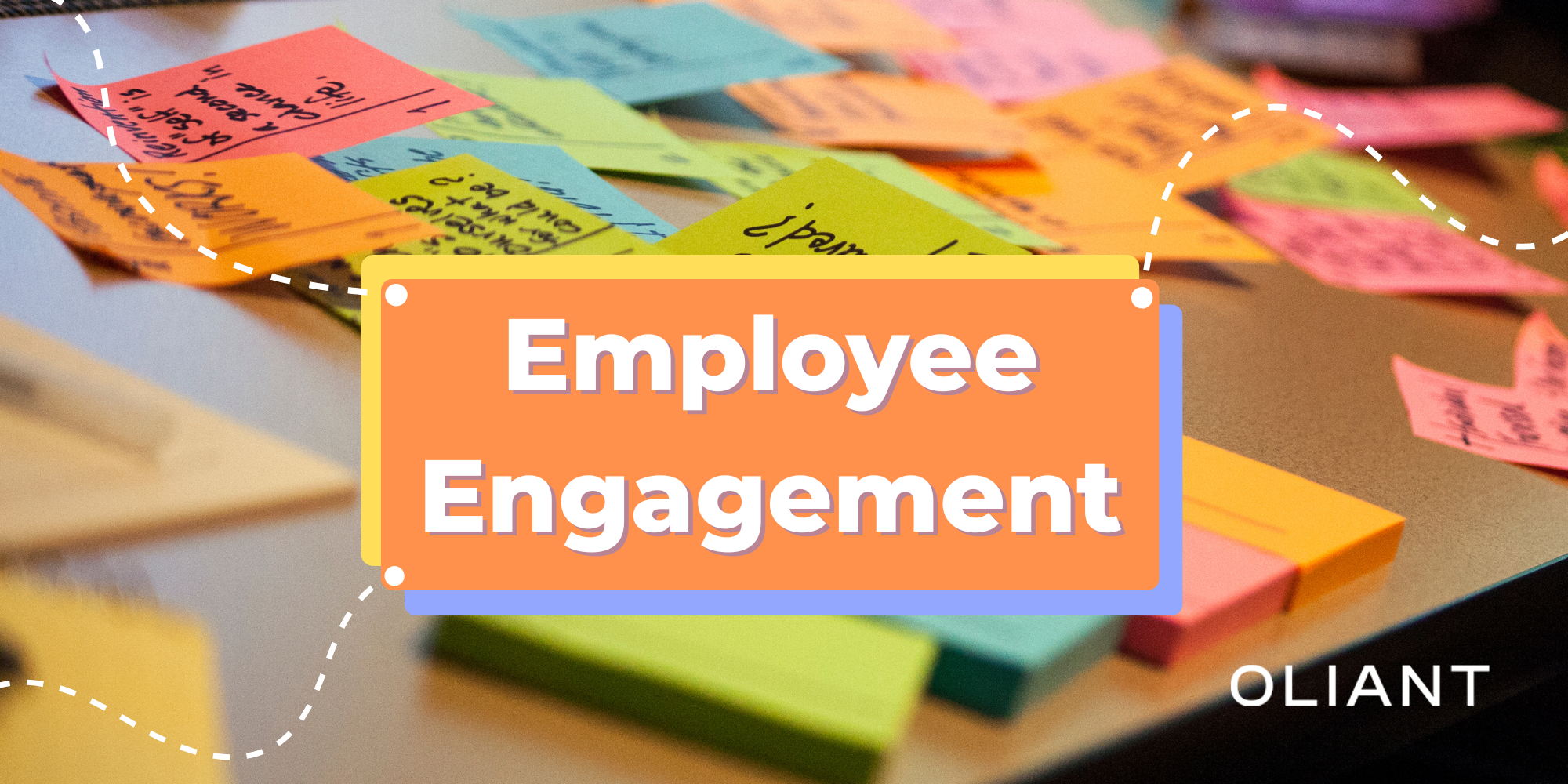Assessing your PHP application health is not just a task; it's a critical process that can significantly impact your application's performance and stability.
Most applications start simple and small. Maybe they began as a proof of concept or a side project and grew, maybe it was just a temporary solution that evolved to the point that it became essential for the business. Either way, many times PHP applications are created without a dedicated development team or a comprehensive plan, which can become a problem in the long run.
Iconic computer programmer and writer, Ellen Ulman put it best when she said:
“We build our software the way we build our cities—over time, without a plan, on top of ruins.
This is a common problem that most businesses experience, but it does not necessarily mean something is wrong. It means that our company has grown, our need for better software has increased, and the scale of the problems is probably much more prominent.”
When is it the time to change?
Identifying the right time to introduce changes to your PHP application can be challenging, but the earlier, the better.
Problems in software grow exponentially and can be hard to notice. ]They have the potential to be extremely difficult to solve if they're not caught in time. Moreover, companies tend to focus on the daily, weekly, or monthly issues and lose sight of the big picture.
Evaluating your PHP application's performance and stability should be an ongoing process, guided by key metrics related to your business's nature and your software's quality attributes.
What those quality attributes are and what software solutions are best suited for your business will ultimately depend on the nature of your industry and the services you provide. For example, a bank will always be required to tackle security as one of its main attributes.
In any case, there are simple steps you can take to evaluate your PHP health, and they are valid no matter the stage of your software evolution.
1. Use a PHP Framework
As mentioned, these solutions tend to be built without much long-term consideration, so it’s not unusual for PHP solutions to be developed without any framework. If you are not using one, it is time to implement it.
PHP frameworks provide consistency and are always designed with the best practices and standards in mind. They also speed up development significantly; since most of the common pain-points have already been solved, and there is no need to reinvent the wheel every time you run into an issue.
Nowadays, there are several PHP frameworks, with the most popular ones being Symfony, Laravel, Joomla, and CodeIgniter. Each of these frameworks are designed with specific purposes in mind, and as such, they all have their pros and cons. Choosing the one that best suits your project can require a bit of investigation, but most of the information you will need is always readily available in the framework’s summary.
2. Optimize your code
This is one of the most repetitive tasks in maintaining PHP stability. Code optimization is mandatory for two main reasons: performance and readability.
Readability is crucial to improve maintenance and reduce time to market; code that is easy to understand leads to faster development time across all teams. The quality of the code will directly affect its performance issues. Conventions and design patterns have been designed to make code easier to understand and solve problems more efficiently, so make the most of them.
Several practices exist, but the most common ones are avoiding duplication and unnecessary complexity, using built-in functions and keeping roundtrips to the database to a minimum.
3. Design for cloud deployment
It’s almost inevitable that you will consider deploying your PHP application in a cloud environment at some point in your software’s life. According to a 2022 State of the Cloud Report by Flexera, 89% of modern enterprises have a multi-cloud strategy.
Even if this doesn’t end up being the case for you, designing for it for the cloud will help you architect for better PHP scalability, reliability, and security.
The cloud, containers, or virtual environment helps you manage the infrastructure, resources, and configuration. Keeping this in mind will make the software be naturally align to deal with load balancing, monitoring, resource isolation, and security.
Once you design for the cloud, any future transitions to most popular providers will happen seamlessly and without the need of any extra infrastructure.
4. Use a version control system
When it comes to PHP best practices, keeping a version control system is a must. It is not unusual to find that the only preserved code only for a project is simply saved on a server, with some backups, if you're lucky.
A version control system (VCS) is essential for tracking and managing code changes. VCS tools allow you to review code at different points, revert to previous versions, branch out, test in various environments, and collaborate efficiently with team members. This is especially important as your team grows.
5. Implement Continuous Delivery (CI/CD)
There was a time when software could take months to develop and change, but this is not the world we live in today. Keeping up with marketing times is vital for any business; your company must be able to fix, improve, and add functionality quickly to compete in the market.
Luckily, there’s a solution the software industry came to long ago: continuous integration and continuous delivery pipelines (CI/CD). Implementing CI/CD automates testing and deployment of the code along with the development processes. Doing this ensures the code is healthy and working, and helps you quickly fix any errors when they appear. It is also fundamental to deliver updates more frequently.
Most repositories in the market offer CI/CD pipelines, and several independent services exist to achieve the goal as well. The most popular ones are Jenkins, GitHub Actions, Azure Pipelines, Amazon CodeBuild, Amazon CodePipeline, and Laravel Forge, which is specific to the PHP world.
6. Monitor your application
One crucial step that is sometimes overlooked is monitoring, which can save over 50% of the time used to detect and resolve common issues if done correctly.
Once your application is live, continuous monitoring is vital to understanding what needs to be fixed and improved in real-world conditions that can be difficult to replicate during development.
Doing this will lead to consistent updates for your PHP application. Many metrics, such as performance, availability, and errors, need to be evaluated. Nowadays, there are plenty of automated monitoring tools like New Relic, Datadog, and Google Analytics that provide insights into performance, availability, and errors.
Of course, you also want to know what your users are thinking. Analyzing logs and running customer satisfaction surveys also help identify bugs and potential new features.
Regardless of your PHP application's stage, it's never too early to focus on the future and get ahead of potential problems before they become too complex to solve.
Being diligent with your PHP maintenance will ensure a long and healthy life for your software and your business. If you haven't already, make sure to start evaluating immediately to benefit from the best practices in software development and ensure yourself a competitive advantage in today's market.





















.png)





.png)



.png)










.avif)









.avif)
